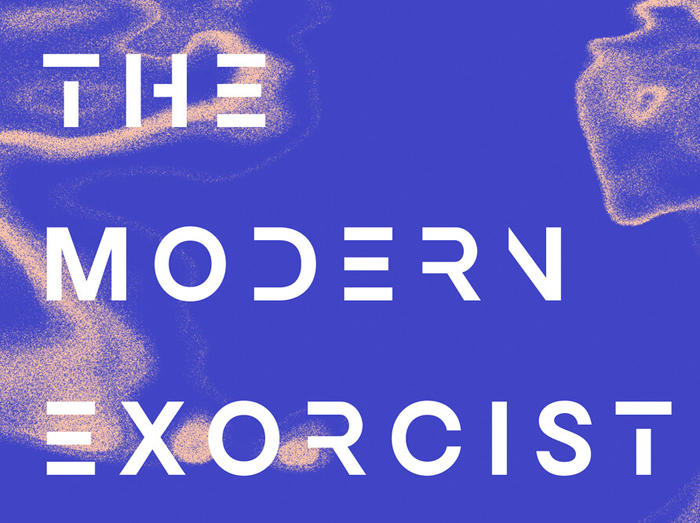Press Release
“What is human?”
In 1966 Michel Foucault published The Order of Things: An Archaeology of the Human Sciences, surveying history to undertake an archeological study of knowledge, and he arrived at a disturbing conclusion: “the end of Man” (la fin de l’Homme). He declared that “man” was an idea created a half-

The Modern Exorcist
Taipei Fine Art Museum, Taipei (Taiwan)
27.11.2021 - 06.03.2022

In his book Technics and Time, 1: The Fault of Epimetheus, the French philosopher Bernard Stiegler systematically examined the myth of Epimetheus, describing humanity’s default of origin: Humans are only that which they produce. Indeed, Stiegler declared that human beings have progressed through technology, not through gradual biological evolution. This process of externalized humanization implies that human beings are a technological life form.
In 2002 Natasha Vita-
So what is “human”?
In this age that is mediated by technology and founded on the deployment of technological industry, the progression of history gives one the impression of a jumbled gallimaufry. Humankind has developed multiple waves of technology, each one ever more complex, from cyborgs and genetic modification to digitalized body systems and informational networks of incorporeal entities. The new technology of the 21st century has not only deconstructed the human subject, causing humanity to lose its central position, but has handed the power of control over to algorithms, biotechnology, and artificial intelligence, presenting a terrifying, unsettling projection of the posthuman state.
This generation of artists has perceived the current chaotic, indeterminate state of change, and has thus shifted to the form of new technology. All the installations in the exhibition are based on the underlying idea of techno-
Today, if technology plays the role of exorcist, completely “optimizing” humanity, will “human nature” in its traditional sense still exist? If we imagine a situation in which humans replaced all the organs in their bodies with artificial devices, would there be any essential difference between these modified cyborgs and “pure humans”? Or to put it a different way, if technology replaced God, would the concept of humanity’s divine creation collapse?
“The Modern Exorcist” blends objects, sound and images, including static displays and live exhibition: Yin-

Exhibition 27 November 2021 -

© ArtCatalyse International / Marika Prévosto 2021. All Rights Reserved